If you own a website of any kind, you know how important traffic is.
You can’t survive without it.
Why?
Because, poor traffic = poor conversions.
And, poor conversions = low revenue = little or no profit!!
You certainly don’t want that, do you?
Traffic is the lifeline of every website. And I know you’d go to any lengths to increase it.
Many people will advise you to publish more content regularly. However, this can be misleading, and it’s also not the only effective solution.
I’ve come across websites that are loaded with content but don’t get much traffic. And I’ve also seen some that produce great content once in a while, but have a steady flow of traffic.
So don’t just focus on content. There are other ingenious, effective, and surefire ways to boost your traffic. I grew my website traffic 80% in just 6 months of using them.
Here’s how.
Table of Contents
Objective
I have always been interested in the visual interpretation of content. Being a marketer, I’ve always felt that it attracts more traction and offers convenience to the readers. It was then that Gifographics came into being.
Gifographics.co was a new domain I bought back in October 2016. During the first few months, I was able to get a few backlinks and a small number of visitors on daily basis. But I was not getting any service leads.
Also, the social presence wasn’t strong. I had only a few hundred followers on social media. No wonder why my website wasn't getting much traffic. :/
It was then that knew I needed a strategy. My objective was to leverage competitor analysis, content, guest blogging, and influencer outreach to get a steady stream of high-quality traffic. Basically, getting everything on track!
Challenges I Was Facing
1. A Year-Old Domain- 2016 Scenario
Back in the year 2016, I had nothing but a domain that was less than a year old. Of course, It had some content on it but lacked visibility. It certainly wasn’t ranking for searches, and very few people even knew about its existence. So obviously it wasn’t getting much traffic.
2. Very Few Visitors
Because my website was new, I got very few visitors. My Domain Authority wasn’t high enough to generate high-quality traffic to the website. There were days that Google Analytics recorded 35 daily users views for my site.
3. Few Backlinks
Since my site was fairly new and had 0 DA back in end of 2016, I had only a handful of backlinks to my site. Most of these had been acquired organically – meaning that I hadn’t had to work hard to get them. But that was also the problem. Most of these backlinks weren’t from high-authority, trusted sites. So they weren’t really helping my case.
4. Skeletal Social Media Presence
The social media presence of my website was quite skeletal too. Because it was a fairly new website, I had just about a couple of followers. Naturally, the engagement on my posts was also quite low. I didn’t get any substantial traffic from social media.
5. A Small Budget
This is probably one struggle that every marketer goes through. Although I had a lot of other projects running in the background, they really couldn’t help with the finances for this particular project.
I knew I couldn’t spend much on marketing. As a result, I was left with basically no paid ads that could have potentially helped my site to get some level of exposure. And yes, that means absolutely no social media promotion to drive engagement either.
Solutions
1. Competitor Analysis
I needed to understand what I was missing, and what my peers were doing better than me. The concept of competitor analysis can get a bit tricky, but it is certainly something that can be very helpful in long-term.
In fact, this step actually paved the ways to strategize further.
Through competitor analysis, I was able to analyze what was working well for others and how I could use it my advantage.
Getting back to the point… How did I identify my competitors?
The first thing I did was to identify a few keywords that my potential customers were likely to search for. Then I searched for these keywords on search engines like Google, Bing, and Yahoo. I saved the top ten websites or web pages that showed up for those searches and then did further analysis.
I used the Moz Open Site Explorer (now Link Explorer) and Spyfu to further analyze my competitors. This tool can provide you a wealth of information about their Domain Authority, sites linking to them, and their top pages.
Image Source – Moz Open Site Explorer
Using the data I was able to know my link prospects and later I used blogger outreach to get backlinks from these sources.
2. Content Strategy
To boost organic traffic to a website, you need to have a well-thought-out content strategy in place. So I created a content strategy around planning, curating, and reusing produced content to get the maximum value out of it.
Before you actually create any content, it is important to identify your target audiences. This research will help you create content which is easily relatable for your target audience.
So I conducted extensive research on the kind of content my target audience may find valuable. I also figured out which social platforms they’re likely to spend their time on. For this, I created target audience personas checklist.
I then created a content calendar for the following 6 months. This included the topics I wanted to cover in my content and how often they were going to be published.
I made sure that each and every topic was relevant to my industry and business. And for each topic, I identified long-tail keywords that had decent search volumes and low competition.
I also created a plan for the distribution of content and the types of content I would create. The more common types are guest posts, blog posts, email newsletters, templates, webinars software, and ebooks.
I decided on the content format based on my research of what my target audience would prefer.
The exact content strategy I followed:
1. Blogs Posts – I made it a point that I would publish at least 2-3 posts on my site each week. Those posts included text blog posts, infographics, and gifographics.
2. Guest Posts – I wanted to create a site that would offer value in a number of niches. And I felt that accepting guest posts would be one of the best ways to do so. I made sure that I only accepted high quality and unique content.
3. Free Template Creation – This was another part of the plan. The main goal was to offer value to our readers. We created free, unique templates for our readers. This provided value, and helped our readers understand the kind of quality work we do.
Our content promotion strategy to gain visibility included:
- Syndication
- Content Distribution
- Forum Discussions
- Social Media Promotion
3. Email Marketing
I knew that I needed to leverage email marketing in a big way to boost my website traffic. However, for a successful email marketing strategy, you need an email list – names and email addresses of people who have shown some interest in your business.
How did I manage to collect email addresses of people to send out my newsletters?
Well, I simply added opt-in pop-up menus on my website. Yes, I agree that pop-ups can be annoying. But when implemented correctly, they can really help you get email subscribers.
Make sure to choose the right place for placing your pop-up. You can place it at entry or exit time or flash it at the center of the page after users spend 15 sec on a page.
To make it more engaging, I added modifiers such as “exclusive,” “free,” and “best.” I combined them with strong calls-to-action. You need to give your audience a reason to sign up for your newsletter. And you need to make it sound exciting and valuable too.
Once I had a list of email addresses, I made sure to send them an email once every two weeks. I made my emails informative, engaging, and useful to my audiences. Through these email newsletters, I informed them about new services, the launch of ebooks, and any webinars I was speaking at.
I use MailChimp to send out newsletter. This service has helped me managing my email marketing effortlessly.
4. Guest Blogging
Guest blogging is undoubtedly one of the best and most effective ways to generate high-quality organic traffic. So I leveraged guest blogging in a big way.
The first thing I did was research and find high-authority blogs and websites that accept guest posts. Google favors backlinks from high-authority websites. So before pitching to any site, I checked their Domain Authority and social influence.
After creating a list of influential blogs, I started pitching to the top blogs on the list. I developed high-quality content around topics they were likely to be interested in and pitched them.
These guest posts on high-authority websites helped me gain quality backlinks to my website. This slowly improved my own Domain Authority and the inflow of traffic to my website too.
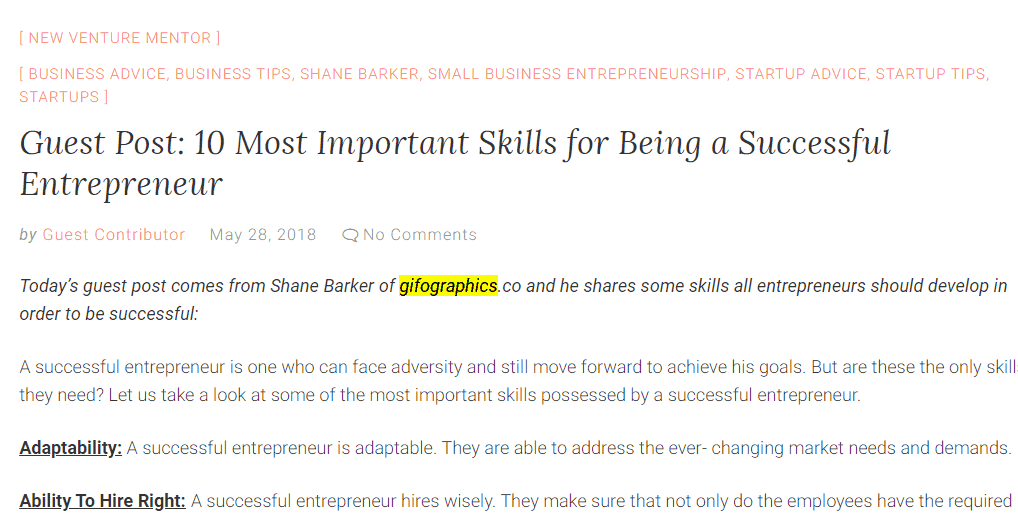
Source: Catecosta
5. Influencer Outreach
You may be aware that visual content can have a great impact on the minds of people. If you can combine useful data and information in a visual format, it can attract high-quality traffic.
So we created some amazing infographics using information relevant to my audience. You may be surprised to learn that infographics are liked and shared three times more than any other form of content. And they’re a vital part of the content strategy for 65% of B2B companies.
I conducted a good amount of research to find trending and relevant topics in my niche. BuzzSumo is a platform that helped me a lot to do this. The infographics we created looked great and highlighted some very important points about these topics.
Once we had the infographics, I began an influencer outreach program to share them and gain valuable backlinks. The key was to find relevant influencers from my niche. I leveraged Grouphigh to find suitable blogger from my industry.
Finally, I needed to create a compelling pitch and approach these influencers with my infographics.
When you approach influencers, make sure that your proposal explains clearly how this opportunity can help them. Start by introducing yourself and the reason why you are reaching out.
Don’t forget to mention your goal or objective out of the collaboration. Mention how relevant the opportunity is and how it can benefit the influencer. End it with a clear call-to-action. A win-win proposal is very effective at encouraging influencers to respond and agree.
I drafted a proposal that clearly explained how these infographics would benefit the audiences of my influencers. Once they agreed to publish the infographics on their websites or blogs, I shared it with them. These went on to become a valuable source of quality backlinks to my website and boosted traffic too.
6. Features on Reputable Sites
It's not easy for a new business or a new website to build a reputation with little or no money. I say this from experience. Getting featured in sites like Inc. or HuffPost may sound next to impossible. But let me tell you, it is very much doable.
Try to contact the editors directly. Talk to them about your contribution to their website and ask for their content guidelines, if they have any. Most top sites are strict about their guidelines, so don’t ignore them.
Stick to these guidelines and create your content accordingly. Also, make sure that the content you write is original, relevant, and exclusive to the website only.
These websites are greatly trusted and have massive volumes of traffic. So you can gain a lot of quality backlinks that can drive a lot of traffic to your website.
I gained a lot of quality backlinks from my content published on Entrepreneur.com, Inc.com, and many others high DA websites that increased my website visibility and followers. My content also managed to drive high-quality traffic to my website.
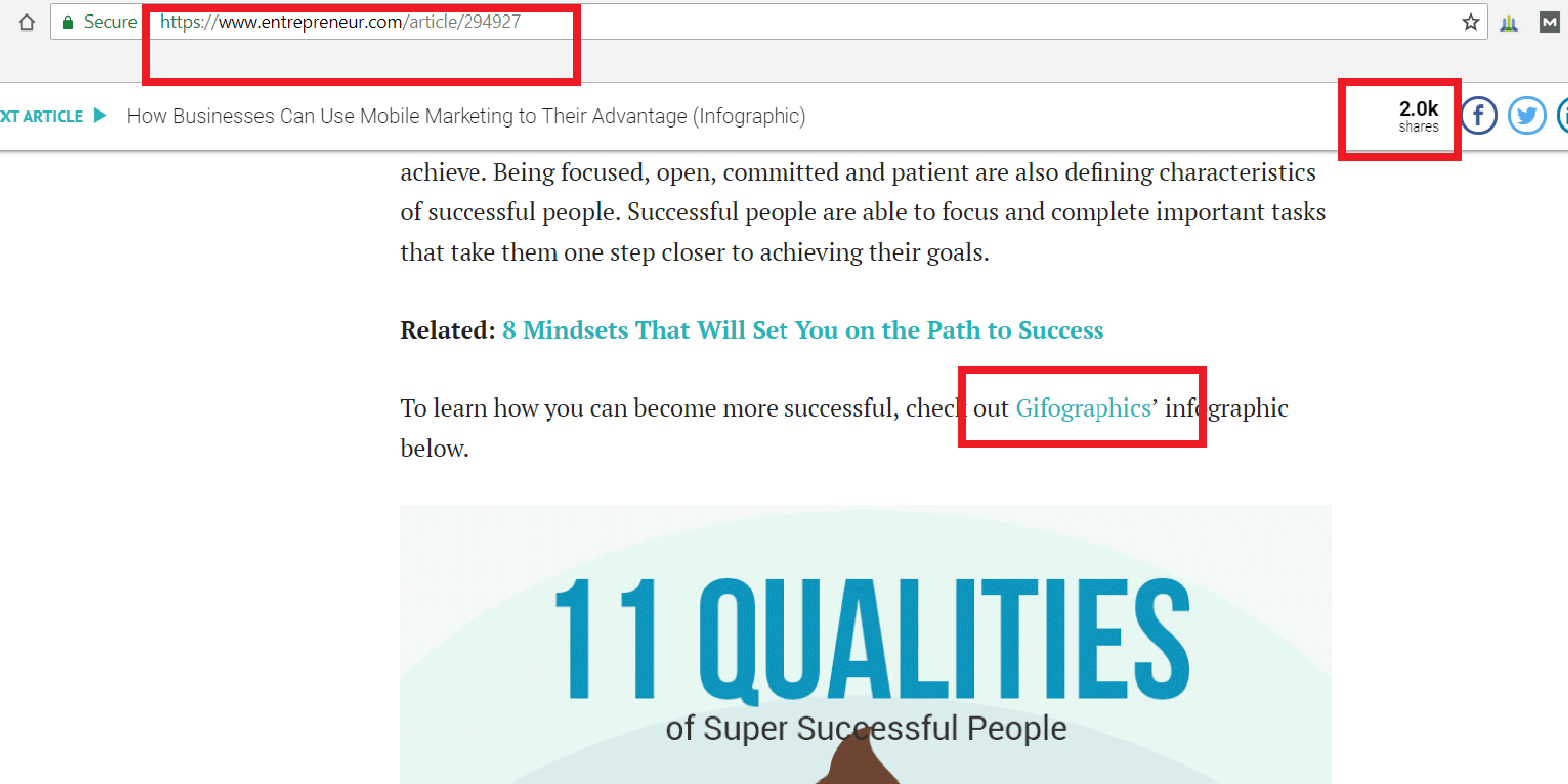
Source: Entrepreneur.com
The Results
After 6 months of implementing these solutions, I witnessed a dramatic increase in organic traffic to my website. Between June 2017 – November 2017 and December 2017 – May 2018, the total visitors to my site increased by 80.64%.
Here’s my Acquisition Overview report that compares the search traffic from two 6-month periods – June 2017 – November 2017 and December 2017 – May 2018.
As you can see, there has been a tremendous increase in the number of visitors I got from organic searches. A 106.85% increase. My traffic from social media referrals also increased by almost 40% in this time period.
In Conclusion
These Google Analytics reports are proof that the above-mentioned solutions to increase organic traffic are indeed effective.
Let me tell you, though, this increase in traffic won’t happen overnight. You need to be consistent in your efforts. The competition is sky high. So you really need to be the best in your game to attract high traffic back to your website.
Do you have a new website and are struggling to boost your organic traffic? I strongly encourage you to follow these solutions and watch your website traffic skyrocket!
Originally published at ShaneBarker
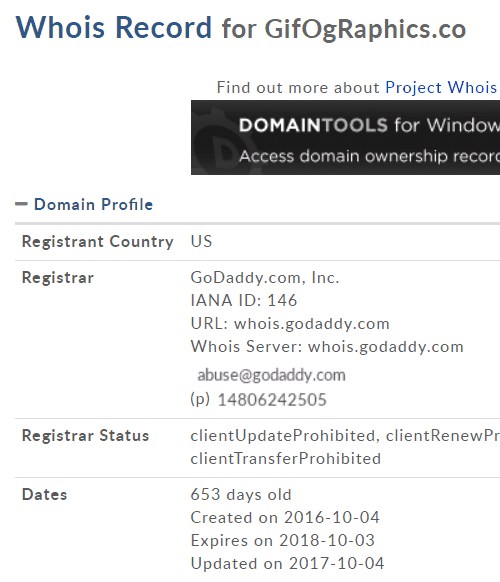
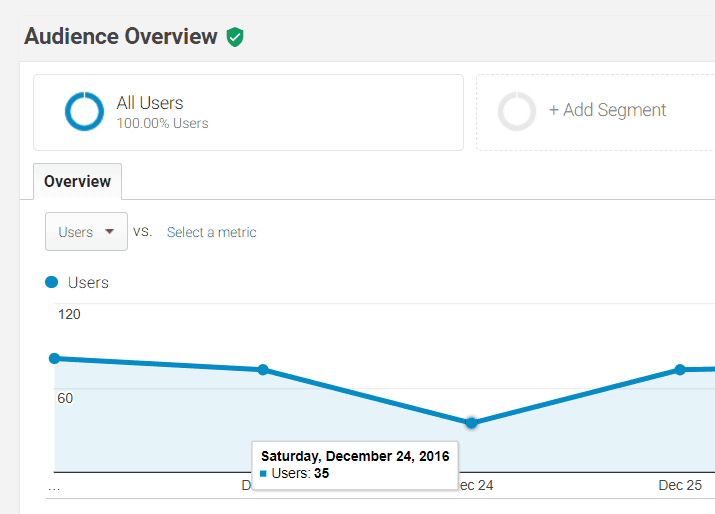
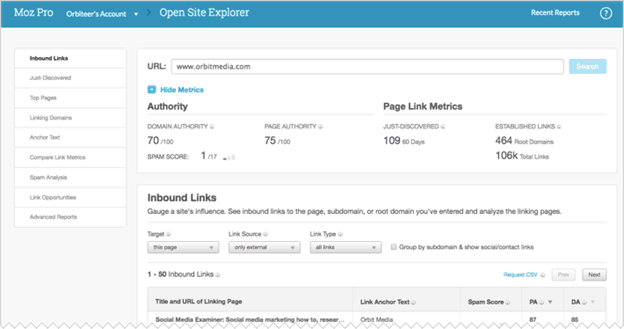
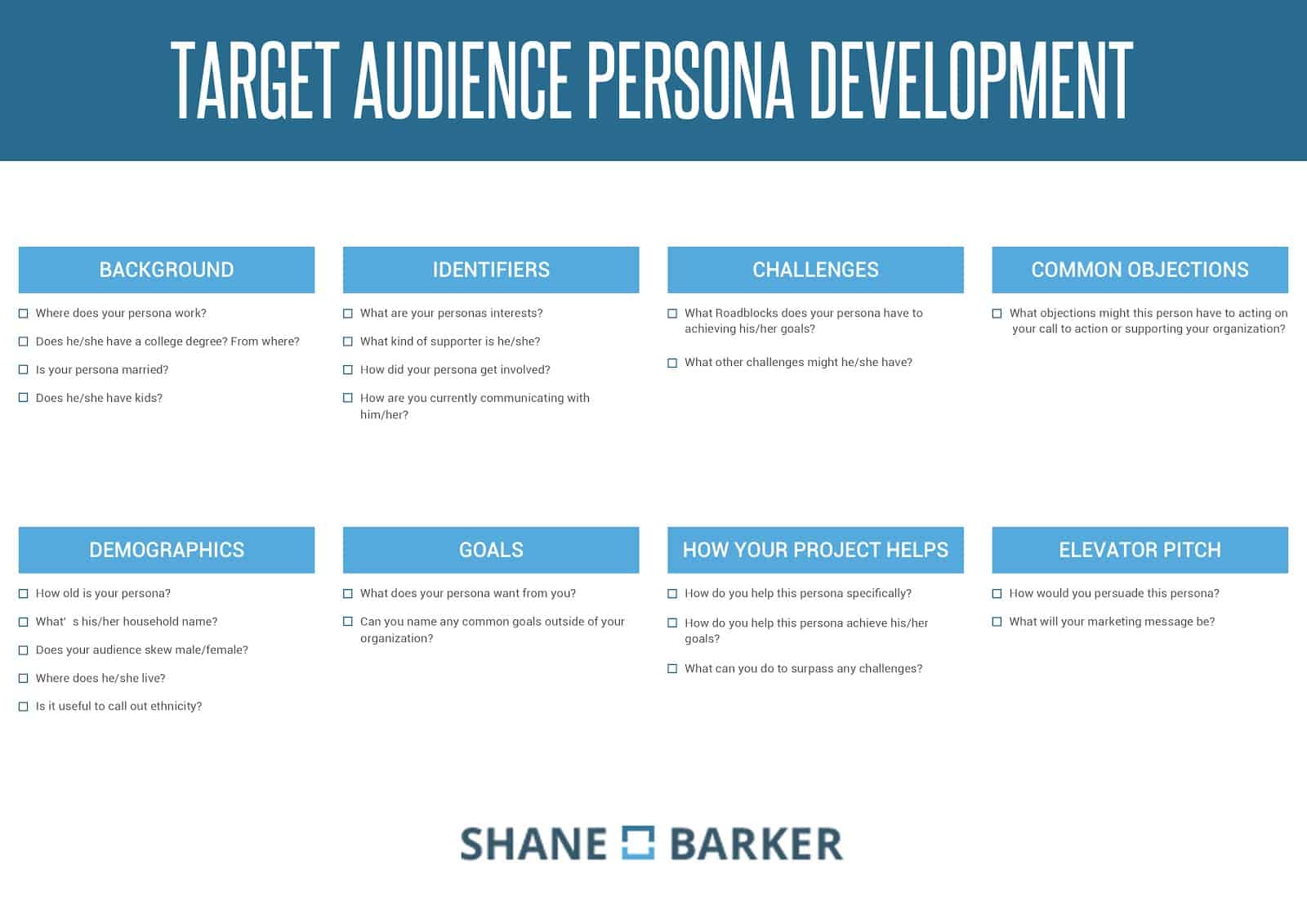

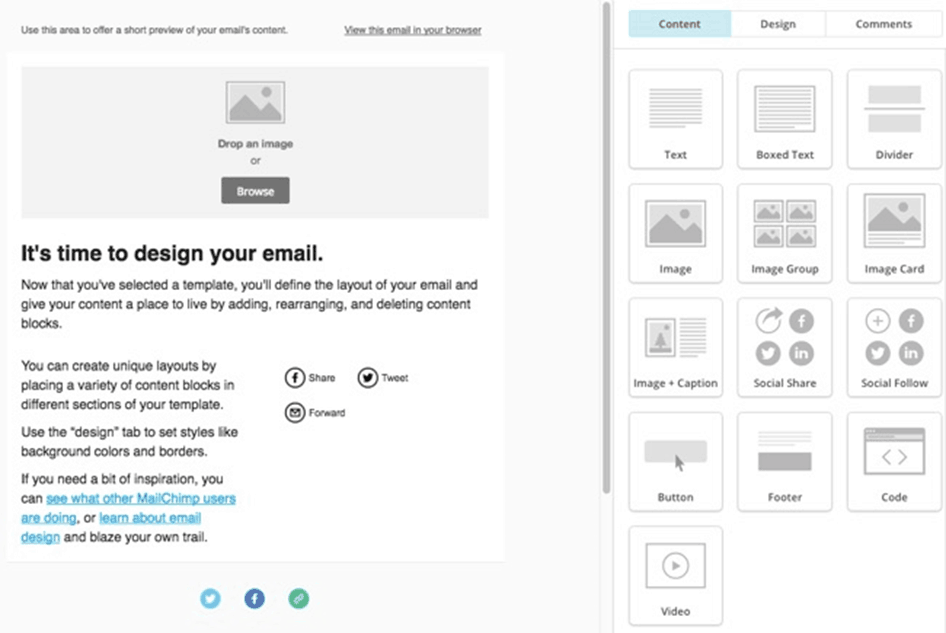
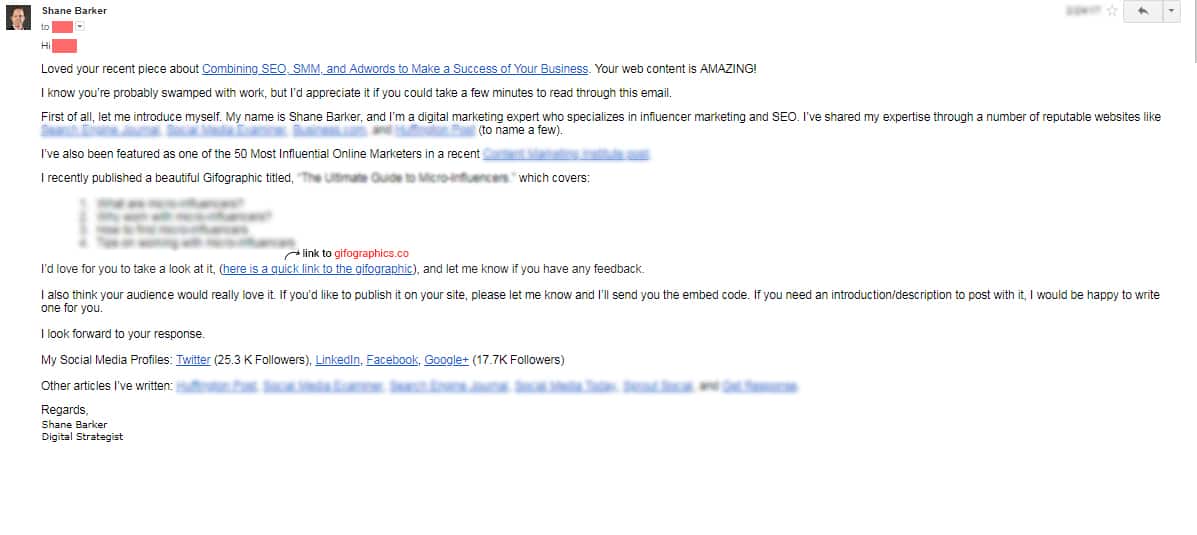


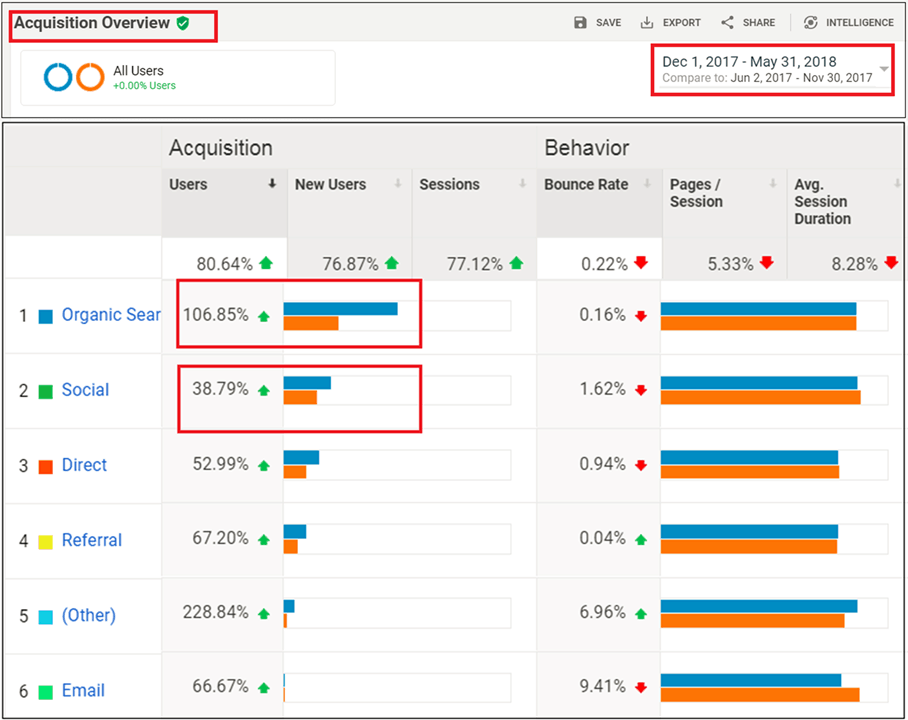
Leave a Comment